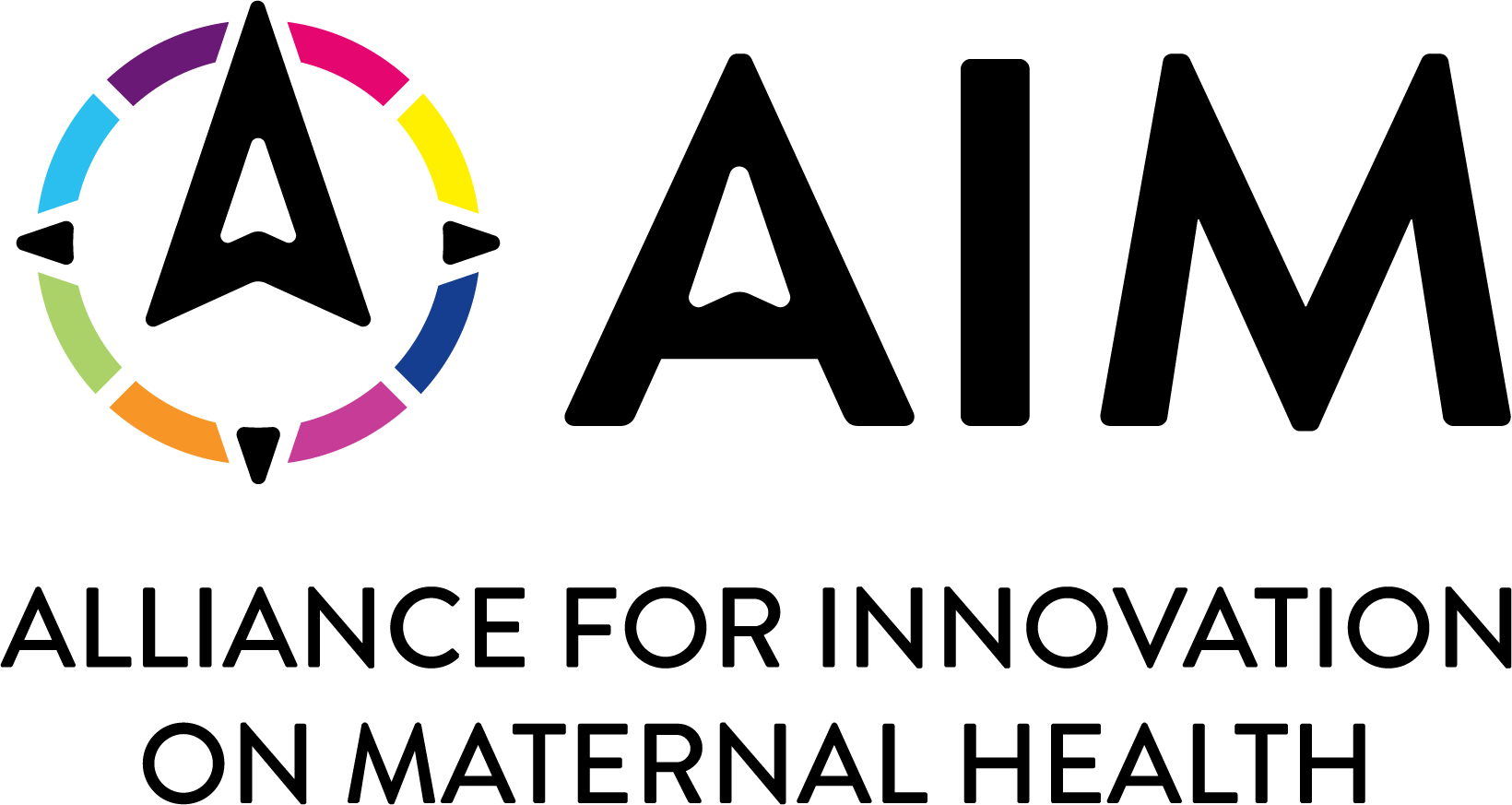OBSTETRIC HEMORRHAGE
Obstetric hemorrhage (OBH) is among the leading causes of preventable, pregnancy-related complications and death in Alabama, representing approximately 17% of pregnancy-related deaths between 2017-2019. Due to the physical trauma that a birthing person’s body endures during childbirth, hemorrhages can occur in patients without risk factors and is frequently not recognized until massive blood loss has occurred. Unfortunately, early recognition and intervention of OBH does not occur consistently across ER, L&D, and postpartum units.
Project Aim
Beginning January 2024, ALPQC will work in collaboration with hospitals and providers throughout Alabama to reduce the rate of SMM by 20% among pregnant and postpartum patients who experience an obstetric hemorrhage. Our key goals will be to increase the percentage of patients who receive a hemorrhage risk assessment, increase the use of quantification of blood loss, and ensure patients that experience an obstetric hemorrhage receive a trauma-informed briefing of the event prior to discharge.
In efforts to achieve the ALPQC’s project aim for OBH, the Alliance for Innovation on Maternal Health (AIM) obstetric hemorrhage bundle will be used and tailored to the specific needs of the collaborative. AIM provides structured patient safety bundles with actionable steps to improve patient outcomes and data collection.

Increase the percentage of patients who receive a hemorrhage risk assessment.
Increase the use of quantification of blood loss
Ensure patients receive trauma-informed briefing prior to discharge
Key Documents
Clinical Documents
- OBH POST BIRTH Warning Signs 2
- OBH POST BIRTH Warning Signs
- OBH Patient Debriefing Tool – Spanish
- OBH Patient Debriefing Tool
- AIM OBH Element Implementation Details
- ACOG OBH Risk Assessment Table
- ACOG Patients Who Decline Blood Products (Guidance Example)
- Checklist for Patients Who Decline Blood Products Example (CMQCC)
- Maternal Compensatory Diagram
- Medications for Postpartum Hemorrhage (CMQCC)
- Obstetric Hemorrhage Stages Algorithm (Example) -updated 02/20/2024
- Team Debreifing Form (Example)
- ACOG Hemorrhage Checklist/Protocol (Example)
Quality Improvement Tools
Data Resources
- OBH Outcome Measures Codes (Excel)
- OBH Data Measures Form (PDF) – updated 04/15/2024
- How to Use Random Number Generator (PDF)
- OBH Outcome Baseline Data Collection Worksheet (Excel)
- OBH Baseline Data Measures Form (PDF)
- ALPQC OBH FAQs
- AIM OBH Data Collection Plan (PDF)
OBH Bootcamp Series
Other Resources
- Misoprostol / Cytotec for PPH – has it fallen out of favor?
- QBL Terms and Techniques
- QBL During Cesarean Delivery
- ACOG Quantitative Blood Loss in Obstetric Hemorrhage – Committee Opinion
- AIM-IHI Hemorrhage Change Package (3/30/2023)
- AWHONN QBL Practice Brief
- Better Maternal Outcomes: Reducing Harm from Postpartum Hemorrhage
- Cost-effectiveness of PQCs for reducing HEM SMM
Action Period Calls & Webinars
2025
2024
- November 2024 Action Period Call: Data Review & Community Engagement | Slides
- October 2024 Action Period Call: OBH Data Review & Hospital Share | Slides
- September 2024 Action Period Call: OBH Data Review & Hospital Share | Slides
- August 2024 Action Period Call: OBH Data Review & Hospital Share | Slides
- July 2024 Action Period Call: OBH Data Review & Hospital Share | Slides
- June 2024 Action Period Call: OBH Data Review & Hospital Share | Slides
- May 2024 Action Period Call: OBH Data Review & JADA Device Demonstration | Slides
- April 2024 Action Period Call: OBH Data Review & Hospital Team Share | Slides
- March 2024 Action Period Call: OBH Data Review | Slides
- February 2024 Action Period Call: Baseline Overview & Hospital Team Share | Slides
- January 2024 Action Period Call: Baseline Data Collection & Sustainability | Slides
